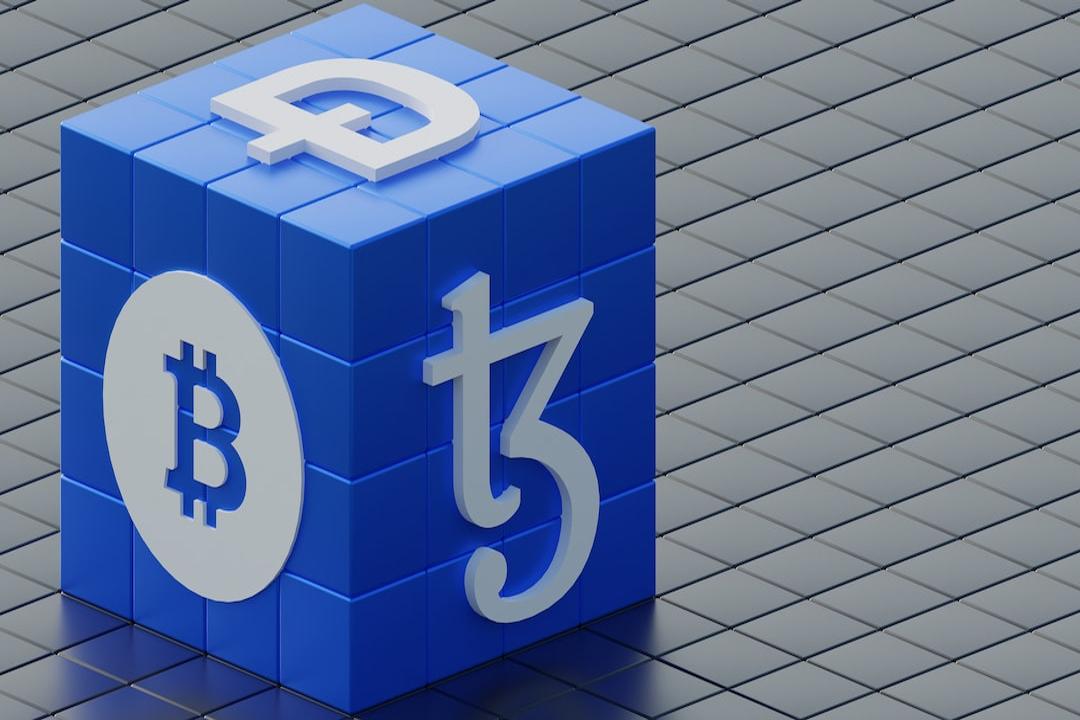The long-term operation of blockchain games has always been the biggest challenge for the industry. It is a great test to perfectly integrate the value carrier of blockchain (game equipment and coins) into the game mechanism. Yiyue Venture Capital provides ten design principles for the long-term operation of Web3 Games.
Table of Contents
Toggle
Ten Principles of Web3 Game Design
Choose a Longevity and Low-threshold Positioning
Interaction Replaces Single-player
Single-player Design: Not Suitable for Token Economy
Interactive Design: Activate In-game Economy
Functional Design Replaces Numerical Design
Numerical Design: Experience Standardization
Functional Design: Composability Increases Demand
Flexible Currency Policy
Relax Capital Control
Fixed Exchange Rate
Flexible Currency Policy
The goal of designing games that integrate with Web3 is to support the game’s economic value through clever consumption within the game, which should be the design goal of all Web3 games. However, most projects have failed so far.
Yiyue Venture Capital proposes ten suggestions on how to improve the product life cycle of Web3 games, including:
Advertising – Continue scrolling for the full article.




Choose a Longevity and Low-threshold Positioning: Low gameplay threshold and long lifespan.
Interaction Replaces Single-player: Replace independent gameplay with player interaction and resource exchange.
Functional Design Replaces Numerical Design: Functional design enhances the value of various items.
Consumable Replaces Durable Goods: Turn game progress into consumables, and durable goods can also be divided into levels.
Maximize the Circulation of Consumables: Reduce the anxiety of consumable destruction.
Optimize the On-chain and Off-chain Market Mechanism: Different tax strategies for different markets.
Flexible Currency Policy: Open, unregulated currency policies denominated in USD, etc.
Private Sector Replaces Official: The in-game system should gradually reduce the importance of official authority.
Multiple Asset Types: Integrate basic raw materials, core durable goods, and homogeneous tokens, blurring the direct cost calculation of resource output.
This article will focus on a few key points and introduce them in detail. Please read the complete article.


Web3 Game Supports Token Economy: 10 Principles
If a game needs to be operated for a long time, it needs constant influx of new players and high playability. Therefore, the choice of game positioning mainly has two aspects:
Game Lifespan: Including game content and playability.
Play Threshold: Including difficulty of understanding and hardware cost.
If these two points can be satisfied at the same time, the game operation will usually be relatively successful. For example, Minecraft, League of Legends, etc., are more suitable for building as Web3 games and can be operated for a long time.


Game positioning should consider game lifespan and threshold
In terms of game mechanisms, try to replace single-player behavior with interaction, deliberately create scenarios and demands that require player interaction, and absorb and digest individual output, rather than allowing players to complete game progress independently, which will help promote player-to-player transactions.
In traditional designs, in most cases, player values inflate along with game progress and resource acquisition. Pursuing higher values can bring pleasure to players, but this process cannot be reversed.
In single-player designs, players can achieve the main gameplay goal of personal development during the game process and do not need to rely on the output of other players. The acquisition of in-game items comes from the game process itself (official), not from other players.
For example, in “Elden Ring”, there are ten maps in total, and players can explore and obtain map fragments to unlock new areas. There is no resource scarcity between game cycles, it belongs to personal progress, one-way upward progress, and lacks dependence on the market.
However, Web3 games need exchanges to support value economy. In order to strengthen the resource dependence relationship, different game cycles can be established, and the construction of different resources can be designed for this purpose, limiting the versatility of different constructions, and increasing the professionalism and marginal cost of each game cycle.
Different game cycles have different outputs, which serve as the rigid demand for other game cycles, incorporating resource circulation into one of the gameplay methods and strengthening the dependence on the market. Players cannot play the game without trading, achieving an active market economy and eliminating the early content inflation.
For example, in “Death Stranding”, the Cairo Network can be designed as a cooperative delivery of different resources by multiple players to open the network in the area, encouraging resource exchange and jointly advancing the game progress.
The design of in-game items should focus on horizontally expanding diversified functions rather than vertically stacking numerical values.
Through horizontally diversified functions, high composability can be generated to stimulate players’ desire for exploration and creativity, promote economic activity, and the gap is difficult to quantify.
Designs that focus on numerical growth as the core of player experience will lead to the pursuit of uniformity and undifferentiated experiences, weak replayability, and the pleasure can only be obtained by stacking numerical values upward, rather than reducing them downward.
Numerical design with clear and explicit values can easily lead to a unified pricing system, and the lack of reusability of basic resources can easily lead to redundancy and reduce economic activity.
And players tend to prefer to permanently own items in a system where the overall values keep increasing, rather than allowing them to be consumed.
Functional design treats value carriers as composable tools. After players understand the functionality and nature of the tools, they can continuously try new combinations and pursue new experiences instead of numerical growth. For example, “The Legend of Zelda: Breath of the Wild” and “Minecraft”.
Composable basic components with strong functionality, diverse functions, and cumulative effects should have a high demand for both new and old players. The values are not explicit and more ambiguous, and different pricing systems can be constructed to enhance economic activity.
Value carriers with diverse functions but uniform numerical variance are more suitable to be continuously consumed rather than permanently exist.
In the past, some GameFi projects set economic controls, such as lock-up periods for withdrawals or restrictions on using in-game tokens to participate in the game. However, these practices have been proven to have many disadvantages and are not recommended.
Strict capital controls will be no different from Web2 games. Not restricting the circulation of goods will make the market more active.
Strict capital controls will inevitably lead to bank runs and panic. It is more appropriate to regulate resource release and continuously consume durable goods.
Ordinary users will not hedge, which means they need to bear the risk of token price fluctuations when playing games.
Floating exchange rates will make users anxious.
Floating exchange rates will further promote speculative behavior and change user profiles.
Therefore, stable currency exchange rates have more advantages than disadvantages. Floating exchange rates and speculative effects should be applied to commodities rather than currencies.
The real economy is oriented towards investment returns and is more sensitive to monetary policy. However, games are entertainment activities driven by the pursuit of happiness, and the flexibility of currency policy should be very low.
However, even so, resource control should closely follow market changes to prevent future risks caused by economic overheating. The currency policy should not be completely independent but should have flexibility.


Related Reading
Bitget Teams Up with Football Legend Messi to Launch a Brand New Promo Video with the Theme #MakeItCount
Critical Challenges in the Privacy Track? Reasons Behind the Conclusion of Nocturne v1, in which Vitalik Invested.

